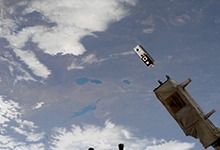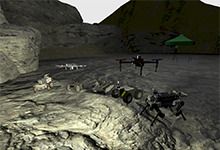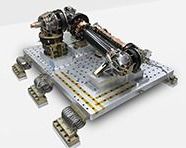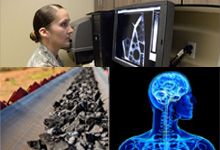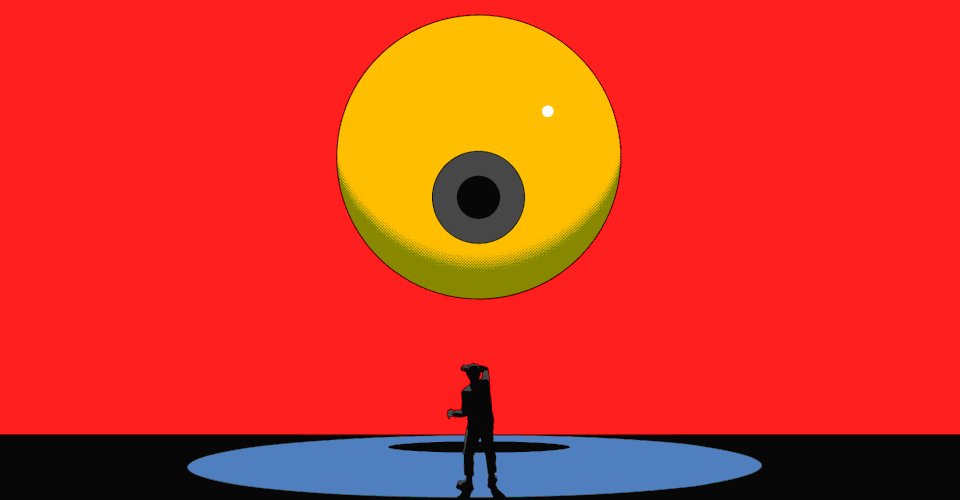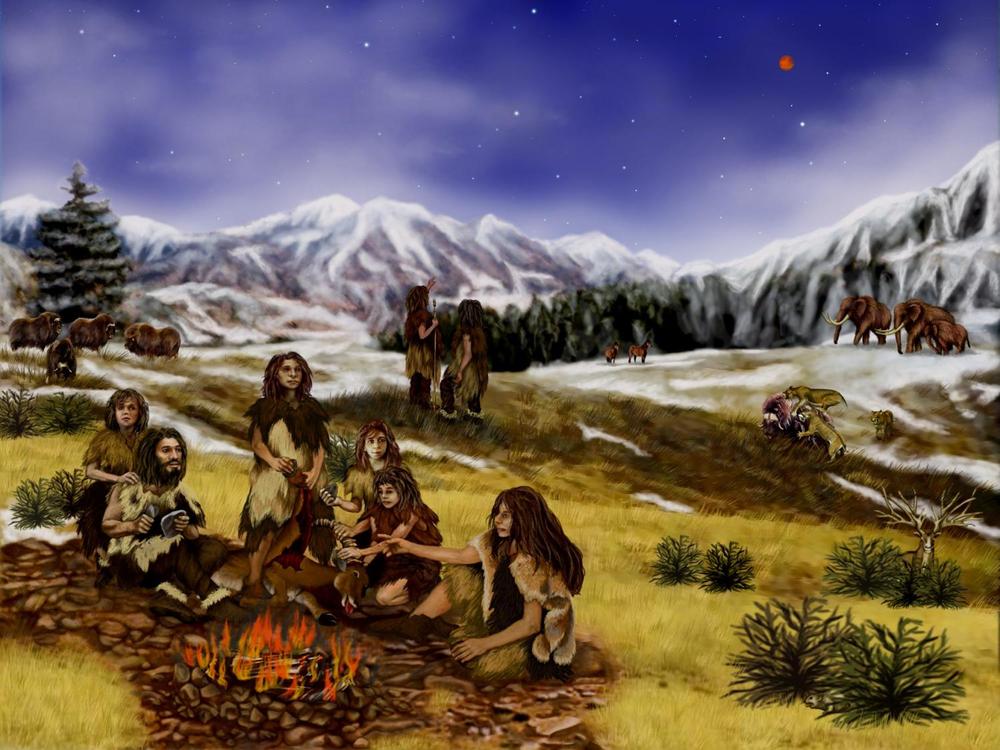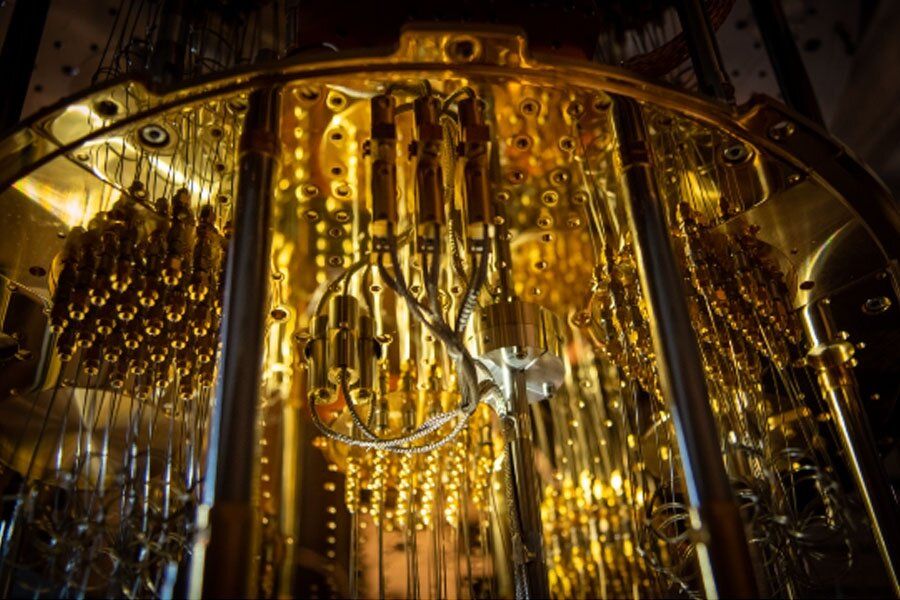Computer programmers may soon design the ultimate program: A program that designs programs.
Last week, a team led by Justin Gottschlich, director of the machine programming research group at Intel, announced the creation of a new machine learning system that designs its own code. They call the system MISIM, Machine Inferred Code Similarity.
Gottschlich explained, “Intel’s ultimate goal for machine programming is to democratize the creation of software. When fully realized, machine programming will enable everyone to create software by expressing their intention in whatever fashion that’s best for them, whether that’s code, natural language or something else. That’s an audacious goal, and while there’s much more work to be done, MISIM is a solid step toward it.”

